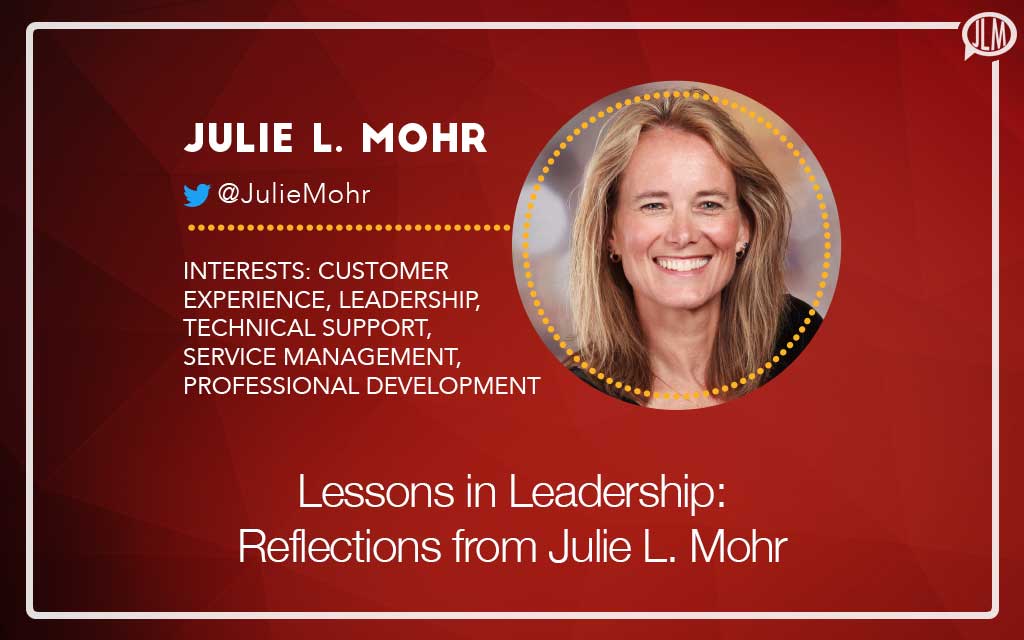![]()
Amy Eisenberg interviewed all the Top 25 Thought Leaders in Technical Support and Service Management to ask about their personal lessons in leadership and learn what it means to be a community leader. Here is my interview with Amy.
Tell us about your day job and also how you are involved in the community.
Moving around both domestically and abroad as a military brat over decades provided ample opportunity for me to learn about people and cultures as well as gain skills and insights in jobs in many different vertical markets and industries. This led me to my current job, which is working as a speaker, author, and consultant it the IT Service Management field. I love the job I have now because it constantly changes.
I enjoy different areas of study, theoretical practices, writing, speaking, and hobbies outside of work. I have been involved as a leader in ITSM, knowledge management, but also in my community serving as PTA president and committee chair on many different projects over the years. My advice to others is to seek out diversity. Exposure to many different environments provides ample opportunity to hone your skillset as well as prepare you for future unknowns.
Over the years I have contributed to many different communities but recently did some rebranding of the online communities that I have built. Most of my work is now centrally located on my website. There you will find the communities I contribute to including The Knowledge Culture (a site dedicated to creating the right knowledge culture in organizations), Be-Significant (a site dedicated to authentic leadership), The Authenticast (podcast with Eddie Vidal on Authentic Leadership), and an online training campus eLearning-Campus.com.
What motivates you to be active in the community?
As I am sure with others in the industry, I have an extreme drive to give back to the community that invested in my career and development. Education and instructional design is one way to create change and transfer knowledge and skills to other fellow practitioners.
Consulting and mentoring allow me to help customers with specific needs and problems. But when I can contribute back to the community through speaking and writing, this is where I enjoy contributing most through innovation and creative thinking.
What suggestions do you have for tech support professionals interested in getting more involved in the community?
I would seek out diversity in your personal as well as professional life. Many times, the skills that you learn in areas outside of technical support and service management help to drive your success in your career.
I also recommend that when you face a problem that you do not focus on a solution too quickly. Confidence comes from understanding your solution, but also why alternative solutions may not be as successful. Spend some time learning about other domains of knowledge outside of IT and see how you can apply what you have learned.
One skill I wish I had learned and applied more often early in my career is the skill of listening. Podcasts provide an excellent opportunity to hear many different perspectives from experts around the world.
What trends do you anticipate for technical support as it relates to the business over the next few years?
The most significant trends we see today are the Internet of Things, the continued use of artificial intelligence and automation of business processes, and the continued disruption of existing industries. Organizations that do not handle organizational change well and are not thinking ahead of their customers are likely to fail those customers.
Knowledge is the key to better understanding your customer’s needs today and predicting what your customers will want in the future. If you are not focused on knowledge management today, then your organization will not be prepared for those future needs.
We need to understand the complete customer experience and use the knowledge to innovate and disrupt our service model so that we meet the needs of our customers—not waiting until they complain to change. It will be interesting to see how that changes our existing service models.



